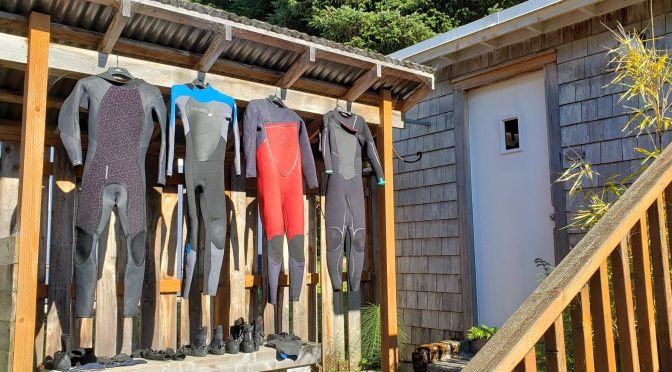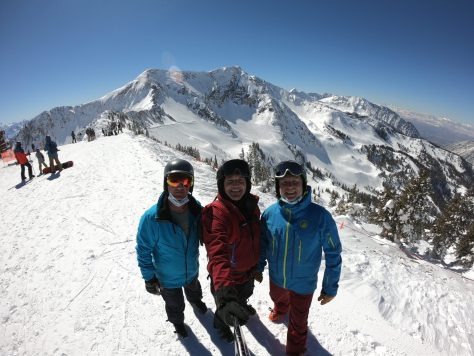I recently returned to Nicaragua to welcome 2018 and take advantage of the world-class waves, constant offshore winds, and diverse landscape and culture. Again, I was not disappointed. I would keep my mouth shut it if it were not for the fact that Nicaragua is now regularly featured on travel sites like the New York Times. Gringos are not the only ones carving it in to the next Costa Rica. Nicaraguan investors know what kind of assets they have at their disposal.

Nicaragua has in fact been exploited since the Spanish arrived in 1522. The usual pillaging and plundering, along with the circulation of small pox, did a number on the Chorotega. Nevertheless, the contributions of the Spanish are still appreciated today. Granada is a charming colonial city reflecting the Spanish-Moorish architecture of the time. They also constructed the San Pablo Fort to protect Granada from pirates in 1789, and it can still be visited via boat.
Later on in the 1800s a dubious character from Nashville, Tennessee by the name of William Walker did significant damage on his filibustering campaigns in Central America. Not only did he burn Granada to the ground, but he also poisoned the wells with dead bodies that spread Cholera and killed some 10,000 Nicaraguans and Costa Ricans. Walker eventually paid for his actions when he found himself in front of a firing squad in Honduras.

Fortunately, Granada has time and again picked itself up and rebuilt. Before the Panama canal was constructed this was the shortest distance from the Atlantic to the Pacific. Cornelius Vanderbilt would steam up the San Juan River in to Lago de Nicaragua, and then make the short transport over to San Juan del Sur area on the coast of the Pacific. This route pumped money in to Granada and helped it to recover.
A few things you must do in Granada:
- Visit the San Francisco Convent to see the statuaries that have been excavated from Zapatera and Ometepe. A couple of these guys are in the Smithsonian, but you can see 30 of them all together in the same room. Each one represents the leader of the time, so they all have their own personalities. This is a highly informative account of their origins.
- Check out Mi Museo where there are many artifacts from Pre-Columbian times. It also helped me to understand where the Chorotega came from and when.
- Take a boat tour out to Las Isletas. These islands are a result of a massive explosion from Mombacho. Lots of wildlife, and you get to see the San Pablo Fort.
- Visit Volcan Masaya at night to see lava pouring from the crater. You definitely want to get there early to avoid waiting in line, but it is worth it.
- Tour the coffee plantation on Mombacho and then hike out to the stunning views of Granada and Lago de Nicaragua.
- If you still have time then head over to Pueblo Blancos to see local artisans at work. You will save yourself some money, for the shops around Granada certainly mark their prices up.
There are a couple of reasons why Nicaragua is safer than say El Salvador, Colombia, or Honduras. After the Nicaraguan Revolution, the country created a democratic police state in that each community would have at least one dedicated police officer that everyone knew. A bad apple arises, and they deal with the issue quickly. Second, drugs from Colombia and elsewhere go up the Caribbean side, so there are no cartels in the Pacific region.
Still, I wouldn’t drive at night. But during the day I generally went wherever I wanted. In the dry season you can get a way with a 2-wheel drive vehicle. But if the price is not much different then go with 4-wheel. I did end up using it along the coast to drive a section of road that terminated on beach front. It also gave me more confidence on dirt roads with potholes and stream crossings. In short, you are not limited and instead prepared for anything.
I’d tell you more about the surf breaks, but I just can’t do it. You’ll find it somewhere else. 😉
But I will tell you that I look forward to returning soon.
Like this:
Like Loading...

















































